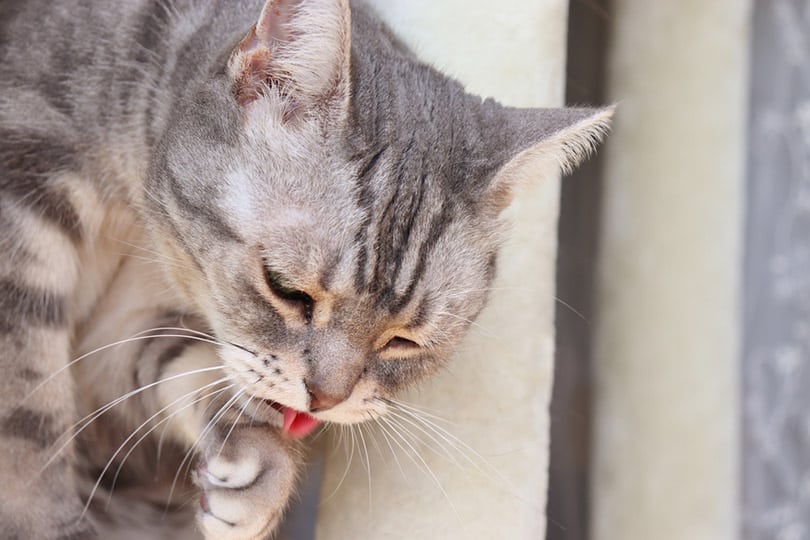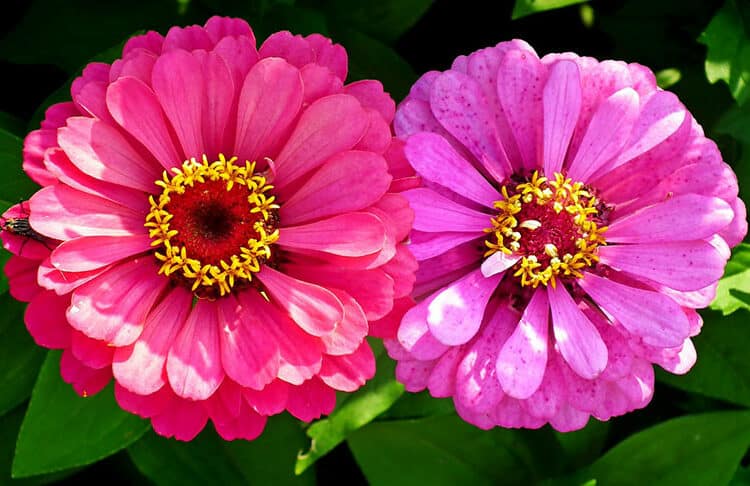Consuming the wrong plants is one of the most common reasons cats head to the emergency veterinarian. As every cat parent knows, prevention always beats the worry and concern of having to take your cat in for an emergency veterinarian visit. So, what about zinnias? Are these delicate yet hardy, colorful flowers okay to include in your cat-friendly garden? The answer is an unequivocal yes! Zinnias are non-toxic for cats and dogs, and these gorgeous plants are even safe to have around children, making them excellent choices to spruce up indoor spaces or outdoor gardens.
Are There Plants That Are Toxic to Cats?
Yes. There’s a long list of plants that are highly toxic to cats; the most notorious are lilies, mistletoe, holly, and daffodils. All of which can cause serious illness or death if consumed even in small quantities. Lillies are so problematic the FDA has published a warning advising cat parents about the serious dangers the beautiful white flowers pose to cats. Eating only two or three leaves can cause liver failure and eventually death in some cats. Other common but very toxic plants include sago palms, azaleas, and tulips.

What Are Some Feline-Friendly Alternatives?
There several cat-friendly alternatives that add color to your space while keeping your feline safe. Some popular options include African violets, spider plants, bird’s nest ferns, and haworthia. When it comes to cat-safe outdoor choices, you can’t go wrong with sunflowers, roses, blue mist shrubs, crape myrtles, and petunias. If you’re interested in growing herbs and vegetables, you can try sage, pumpkins, cucumbers, squash, and cilantro. Also, it never hurts to plant cat grass or catnip so you can provide a pesticide-free treat you’ve grown with love for your furry companion.
What Are Some Signs A Cat Has Ingested Something Toxic?
While the specific symptoms will vary depending on the type of plant, the quantity consumed, and the toxicity of the species, possible symptoms include vomiting, diarrhea, and lethargy. Sometimes a cat will also get pale gums, drink more frequently, and urinate more after eating a poisonous plant. Other symptoms to keep an eye out for include nervousness and tremors.
Final Thoughts
It’s often difficult to tell if your cat is not feeling well or if they’ve gotten into something poisonous based on behavior alone. If your cat starts vomiting or acting sick, you should consider that your cat got into something toxic. To be safe, move your cat away from the problematic substance and call your vet.
Featured Image Credit: Pixabay














